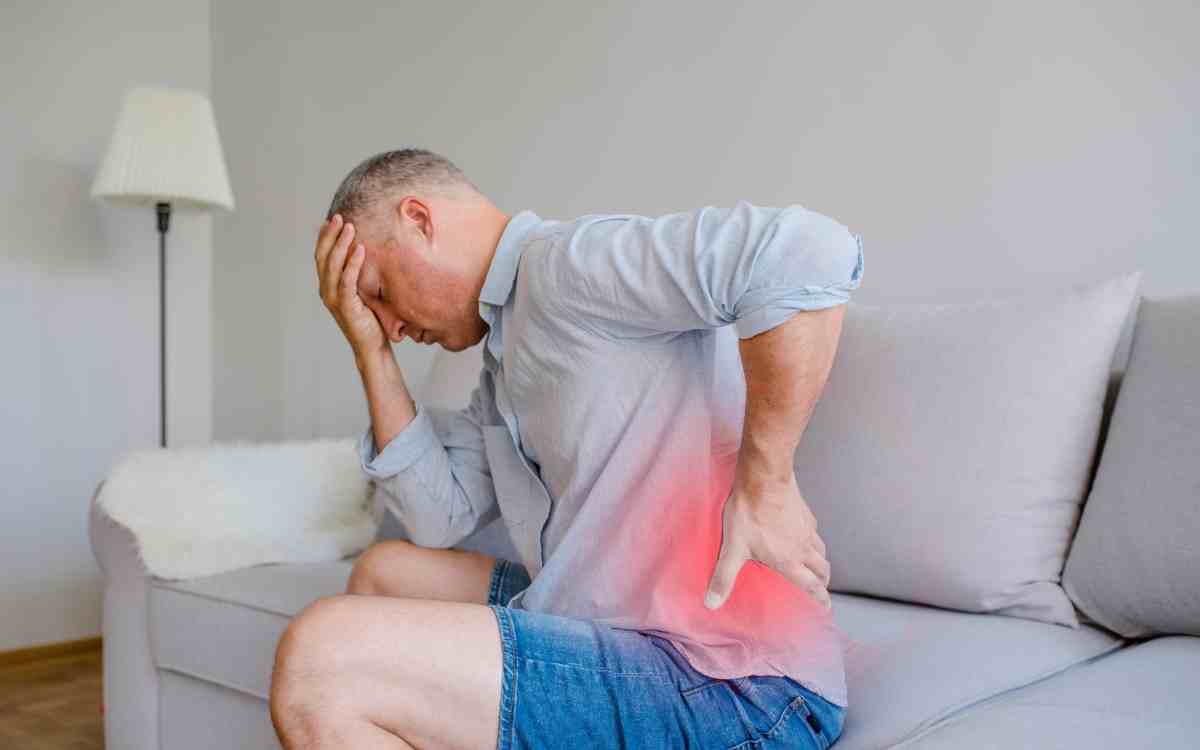If you’re reading this post, the chances are that you’ve had back pain.
You might be looking for reassurance that it’s not something to worry about or maybe just wanting some more information on what causes your particular type of pain.
Either way, we know how frustrating and worrisome it is to have chronic back pain, and we hope the info in this article helps!
What are the signs that I should see a doctor about my back pain?
Is it just sore muscles, or is something more serious going on?
How do I know when to seek professional help for my back pain?
These are all valid questions that any one of us can have. So let’s explore what might be causing your back pain and how you can get started with treatment.
How do I know if my back pain is serious?
As a general rule, most people will feel better in about 6-10 days after an injury.
However, if back pain starts to interfere with your daily life (e.g., standing for more than 30 minutes at a time becomes impossible), this might be due to a pretty serious cause.
If you’re concerned that your back pain is getting worse over time, this could indicate a more serious condition such as an infection or tumor.
It’s also important to see a doctor if the pain down your leg (sciatica) is caused by a disc or nerve impingement, and it doesn’t improve within a week or two.
Seeing a doctor is also important if you have:
– an overuse injury (such as from weightlifting) and the pain doesn’t get better after 1 to 2 weeks;
– back pain that interrupts your sleep;
– fever, chills, or weight loss;
– bladder problems such as urgency or frequency;
– pain that radiates into your buttocks, groin, genitals, thigh, or calf.
How do I know when to see a doctor about my back pain?
The good news is that most of the time, back pain is not serious and will go away with proper self-care. However, it’s important to be aware of the signs that indicate a serious cause for your back pain.
If you have any of the following symptoms, it’s best to seek professional help:
– You can’t stand or walk due to pain.
– You have a fever.
– Your back has been hurting for more than 10 days, and you’re not feeling better.
– Your back hurts when you pee or poop.
– You can’t control your bladder or bowel movements.
Even if your symptoms are mild, you should see a doctor if you have had lower back pain for more than 6 weeks, especially if it has not improved with self-care.
If the pain is in your upper back, you should see a doctor if it’s been bothering you for more than 3 months.
Don’t be afraid to get help early on if your pain is not going away and interfering with your daily routine!
See Flexobliss, a back pain relief supplement that claimed to help support the health of your back muscles and bones.
What causes back pain?

Back pain gets a lot of attention, but most people recover on their own even if they don’t see a doctor.
Most cases of back pain involve some degree of muscle strain due to poor posture or strenuous activity.
The sciatic nerve is the longest nerve in the body and starts in the lower back that runs through your buttocks all the way down to the lower leg and foot.
It is responsible for controlling leg movement as well as posture, so when it gets compressed or irritated, you can experience pain that radiates all the way down to your toes.
The other three common causes of back pain are:
– disc herniation;
– spinal stenosis;
– osteoporosis.
Don’t worry; we’ll explore these three common causes of back pain in a bit more detail below!
What is disc herniation?
We know that the discs in your back are soft pads with a gel-like center and a tough outer layer called cartilage.
They sit between the bones of your spine and act as cushions to absorb the pressure that occurs when you bend over or lift something.
However, if a disc becomes dehydrated or damaged often due to age, for example, it can rupture or tear apart.
This will cause fragments of the disc to push out through this tear, causing pain in the process.
This condition is known as a herniated or slipped disc.
A herniated disc will often press on nerve roots, which can cause pain anywhere along the sciatic nerve.
The good news is that there are treatments available to help address this issue!
What is spinal stenosis?
Spinal stenosis is the narrowing of the spinal canal at any level.
It’s most common in people who are 50 or older and frequently causes compression of the nerve roots.
The narrowing of the space where your spinal cord passes through causes pressure on your nerves that may cause pain, numbness, tingling, or weakness.
For many people who suffer from lower spine stenosis, the pain often radiates into their buttocks and legs.
If you suspect that your back or leg pain is related to spinal stenosis, make an appointment with your doctor for a diagnosis and treatment options.
What causes osteoporosis?
Osteoporosis may also be responsible for causing back pain.
This condition is an age-related loss of bone density that can cause the bones in your spine to become weak and fragile.
It’s a very common problem in older adults and can sometimes lead to fractures (broken bones) when you bend and twist, and the spine is misaligned.
Treatment for osteoporosis usually involves medication and lifestyle changes, such as eating a healthy diet and engaging in regular weight-bearing exercise.
See Conventional Treatments for Back Pain
